-
About
- About Listly
- Community & Support
- Howto
- Chrome Extension
- Bookmarklet
- WordPress Plugin
- Listly Premium
- Privacy
- Terms
- DMCA Copyright
- © 2010-2024 Boomy Labs
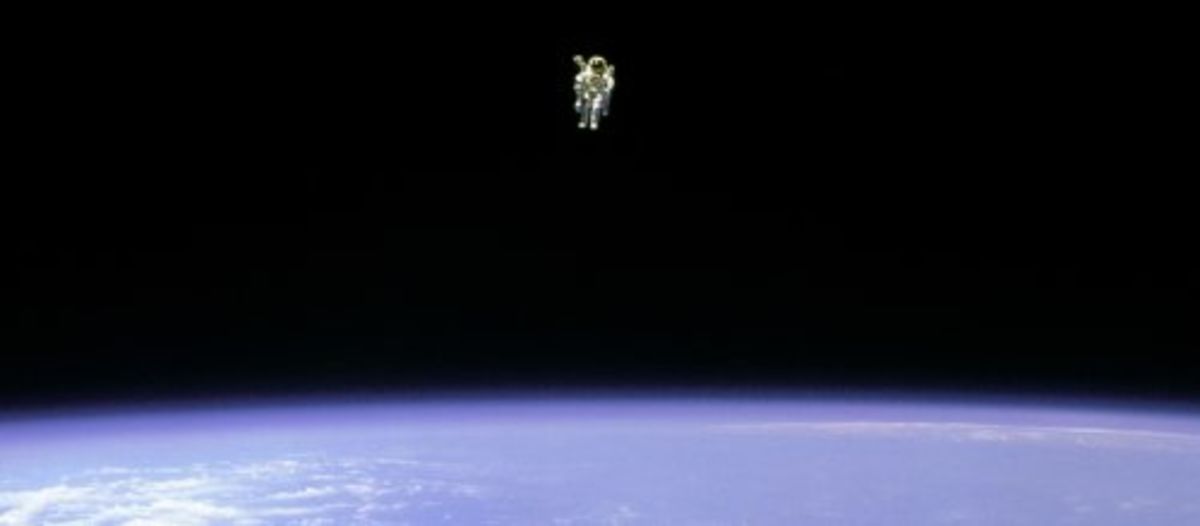

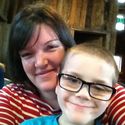 Linsey Palazzi
Linsey Palazzi
Listly by Linsey Palazzi
Now that you've read the introductory article, "Mysterious Cancer," and learned about how scientists are studying the effect of radiation on the DNA of astronauts, do some research of your own. Post one article, related to this subject matter, that you think will enhance the class' understanding of cancer, DNA, and/or mutation, as we discussed it in class. Everyone should link a unique submission.

Clinical cases link immune changes to a cancer’s spread through the body, but find no role for so-called “driver” mutations.

Space is mysterious and beautiful, understand it more with this list of one hundred interesting facts about space, planets, moons and stars!

Female astronauts have fewer opportunities to fly in space because of lifetime radiation exposure restrictions, according to NASA astronauts. Read more here.
As part of space-based and NASA-sponsored breast cancer research, tumor cells grow on microcarrier beads within a bioreactor.
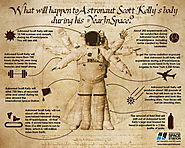
We’re all looking forward to interstellar travel and colonizing Mars, but first, we’ve got a lot to learn about how the human body responds to the cold dark void of outer space. Scott Kelly’s stint on the ISS, which ends tomorrow, is helping us answer some critical questions—including what weightlessness does to our vision, and whether all that extra radiation messes up our DNA.
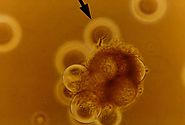
For lab-coated cancer biologists, peering through microscopes at stained tissue samples under fluorescent lights, the International Space Station may be the last thing that comes to mind.

Why not entertain your friends and family with these pretty amazing space facts?
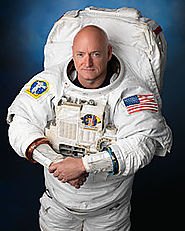
Scott Joseph Kelly (born February 21, 1964) is an engineer, retired American astronaut, and a retired U.S. Navy Captain. A veteran of four space flights, Kelly commanded the International Space Station (ISS) on Expeditions 26, 44, and 45.
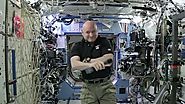
Astronaut Scott Kelly landed safely in Kazakhstan early Wednesday, culminating an unprecedented yearlong mission in space.
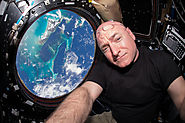
NASA astronaut and one-year crew member Scott Kelly will retire from the agency, effective April 1. Kelly joined the astronaut corps in 1996 and currently holds the American record for most time spent in space.
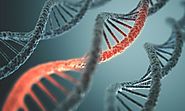
Researchers have discovered how mutations in a gene called UBE3A cause autism, and reveal that some existing drugs hold promise for treating the condition.
In order to create a colony, we need to be able to survive a long trip through space.
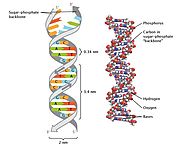
Although few people realize it, 1869 was a landmark year in genetic research, because it was the year in which Swiss physiological chemist Friedrich Miescher first identified what he called "nuclein" inside the nuclei of human white blood cells. (The term "nuclein" was later changed to "nucleic acid" and eventually to "deoxyribonucleic acid," or "DNA.") Miescher's plan was to isolate and characterize not the nuclein (which nobody at that time realized existed) but instead the protein components of leukocytes (white blood cells). Miescher thus made arrangements for a local surgical clinic to send him used, pus-coated patient bandages; once he received the bandages, he planned to wash them, filter out the leukocytes, and extract and identify the various proteins within the white blood cells. But when he came across a substance from the cell nuclei that had chemical properties unlike any protein, including a much higher phosphorous content and resistance to proteolysis (protein digestion), Miescher realized that he had discovered a new substance (Dahm, 2008). Sensing the importance of his findings, Miescher wrote, "It seems probable to me that a whole family of such slightly varying phosphorous-containing substances will appear, as a group of nucleins, equivalent to proteins" (Wolf, 2003)
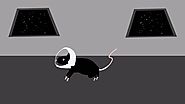
Mouse study suggests cosmic rays impair memory, cognition
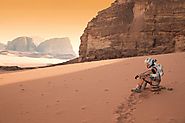
"The Martian" film highlights the radiation dangers that could occur on a round trip to Mars. While the mission in the film is fictional, NASA has already started working on the technology to enable an actual trip to Mars in the 2030s. While it may seem a far off date, it requires a look at our available methods of radiation shielding at the present. While astronauts are in space, outside of Earth's magnetosphere (Which blocks most radiation), they are constantly barraged with radiation from the sun and stars. In order for us to get to Mars, we would require either better means of blocking radiation, other than increasing the mass of spaceships or using better materials, or a better way to utilize those two methods.
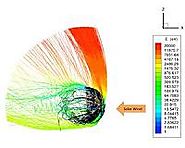
Greenbelt MD (SPX) Oct 06, 2015 -
On Aug. 7, 1972, in the heart of the Apollo era, an enormous solar flare exploded from the sun's atmosphere. Along with a gigantic burst of light in nearly all wavelengths, this event accelerated a

Information about radiation exposure and radiation doses from Radiation Answers.
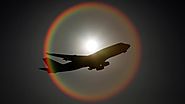
We’re bombarded with the radiation of supernovae and other cosmic sources when we fly – how concerned should we be?
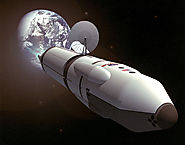
There is a nagging problem under the surface of the excitement surrounding the future of long-term missions into space. Human exposure to the high amounts
It talks about space radiation, like trapped radiation, and Galactic Cosmic Radiation. It also talks about solar particle events.

Examination of human bladder, head and neck, and lung primary tumors revealed a high frequency of mitochondrial DNA (mtDNA) mutations. The majority of these somatic mutations were homoplasmic in nature, indicating that the mutant mtDNA became dominant in tumor cells. The mutated mtDNA was readily detectable in paired bodily fluids from each type of cancer and was 19 to 220 times as abundant as mutated nuclear p53 DNA. By virtue of their clonal nature and high copy number, mitochondrial mutations may provide a powerful molecular marker for noninvasive detection of cancer.
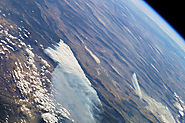
Tiny aerosol particles can be found over oceans, deserts, mountains, forests, ice sheets, and every ecosystem in between. They drift in the air from the stratosphere to the surface. Despite their small size, they have major impacts on our climate and our health.
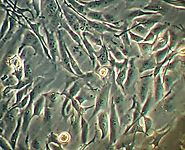
The microgravity environment helps the study of cancer cells by removing the variable of gravity from the equation. The long name for their investigation is MicroRNA Expression Profiles in Cultured Human Fibrocast in Space, indicating the goal to see how DNA may alter as it repairs from the damage imposed by radiation.
